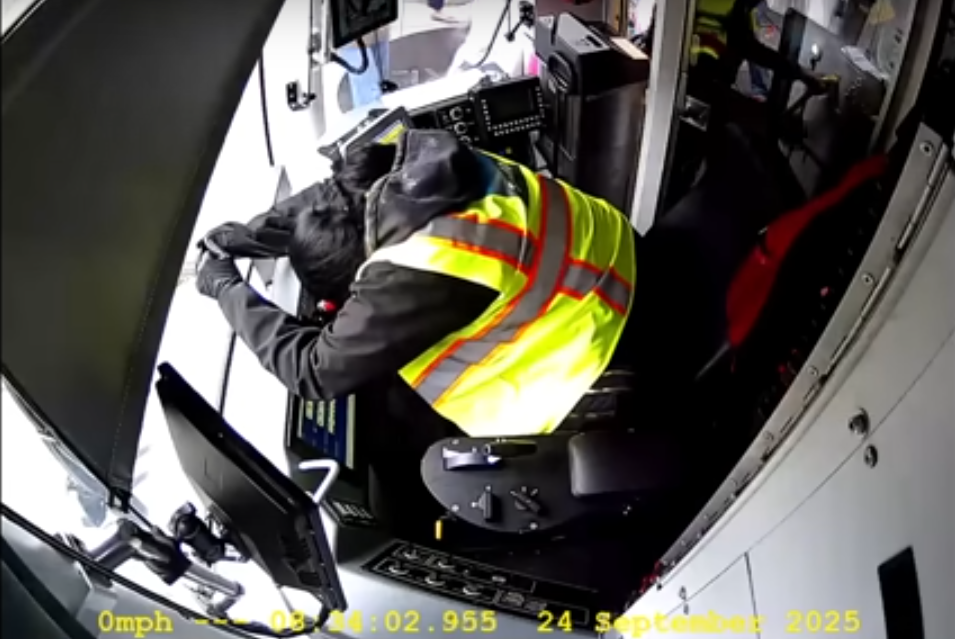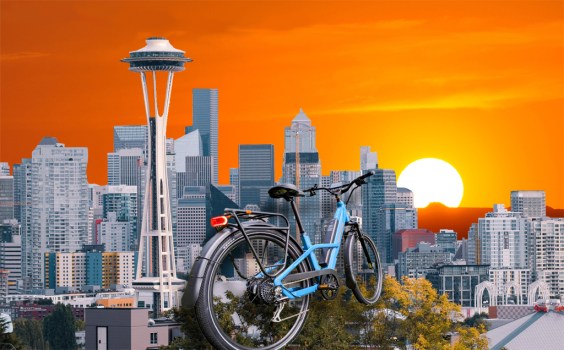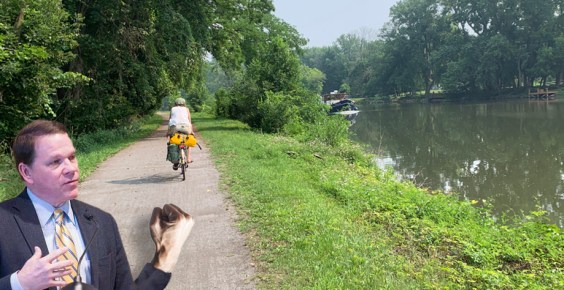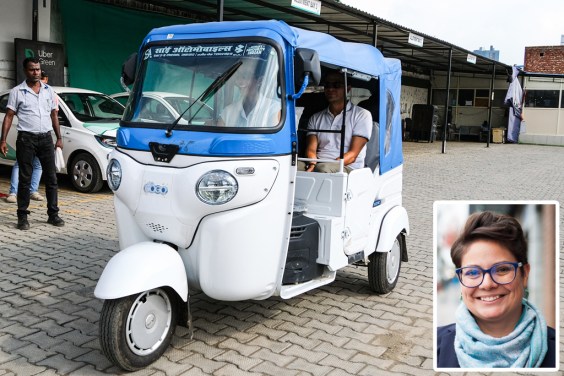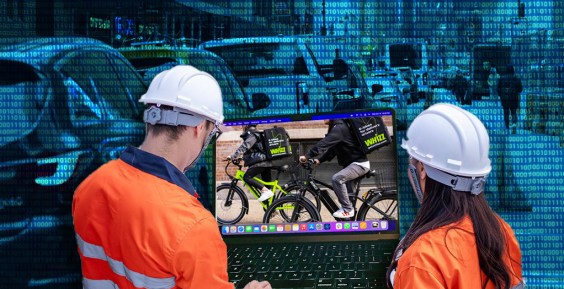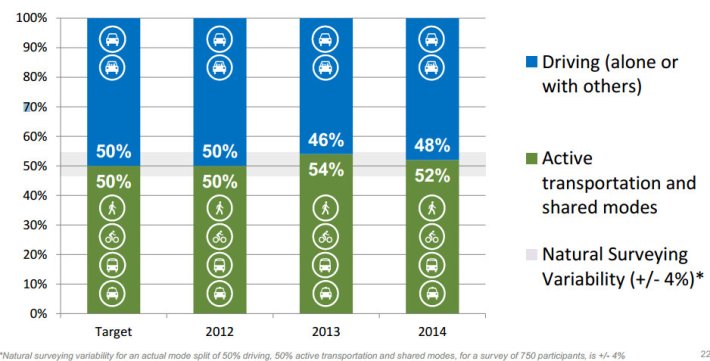
San Franciscans don't drive nearly as much as previously thought, according to new SFMTA survey data. But the needle hasn't moved much in recent years either.
More than 50 percent of trips in San Francisco are made without a private automobile -- and it's been that way for at least three years, according to travel survey results presented at an SFMTA Board meeting today [PDF, page 18]. Last year, 52 percent of trips in the city were made by transit, walking, biking, car-share, taxi, or ride hailing services like Lyft and Uber.
Solo driving accounted for only 27 percent of trips in 2014, the SFMTA found, with carpooling accounting for another 21 percent. Those two types of trips are what the agency counts as "private auto" trips.
The findings are a significant departure from previously released data on city travel patterns, which had estimated that 62 percent of trips in the city are made with private autos. But those numbers were based on a less accurate survey methodology, SFMTA Sustainable Streets Director Tom Maguire told the Board.
The old data "probably didn't tell us the whole picture," said Maguire, who explained that the old numbers were based mostly on traffic planning forecasts and U.S. Census data that are at least five years old. The new data is based on a local, annual "Travel Decision Survey" conducted by the SFMTA which asked residents and commuters detailed questions about their travel behavior.
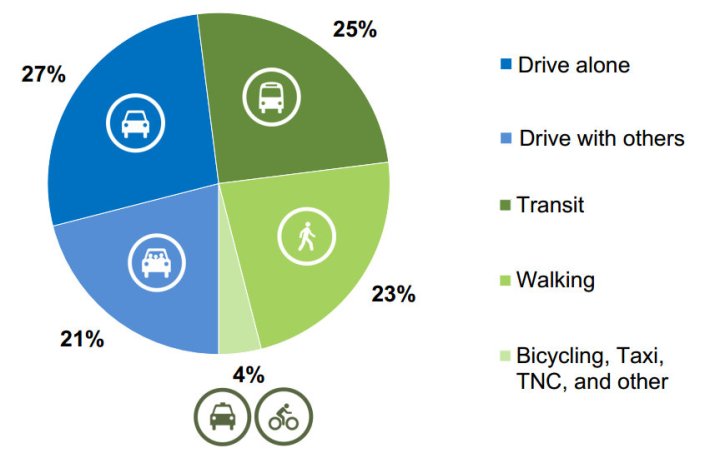
In the three years the new survey has been conducted, the "non-private auto" share of trips has varied only between 50 and 54 percent. Maguire said the consistency of the results is a sign that they're reliable, while Census data is rougher and subject to a larger margin of error.
The new survey results indicate that the SFMTA had already surpassed the goal it set in 2012 to bring the number of private car trips down to 50 percent by 2018. But the numbers also show that travel behavior hasn't actually changed much in the last few years. The SFMTA will have to set a new target, now that officials know that the 2018 goal is moot.
SFMTA board member Joél Ramos said it's crucial that the agency set ambitious goals for car-free travel if the city is to avert gridlock as the population grows in the coming decades.
"I don't know how we don't [move the needle], given all the growth that we anticipate, especially from a perspective of the fact that our streets aren't gonna get any wider. At least I hope not," said Ramos. Downtown car traffic during rush hour, he said, is already "a mess" for people using any mode of travel.
The new survey data looks rosier if carpool trips -- 21 percent of last year's total -- are counted differently. SFMTA board member Malcolm Heinicke pointed out that those trips are counted in the "private auto" section, while trips taken using ride hailing services like Lyft and Uber -- basically unlicensed, privately-owned taxis -- are not.
"I can promise you there are other jurisdictions that would brag about that level of [carpooled] rides," Heinicke told SFMTA Director Ed Reiskin. Drivers contracted through the ride hailing apps, also known as transportation network companies, "are not already going to the destination whereas with carpool, everyone's going to that destination," Heinicke said.
Reiskin agreed with that distinction: "TNCs are very clearly not true ride-share," he said, but explained that the survey's sample size wasn't large enough to distinguish between taxi and TNC trips, though they could be separated in future surveys. (One noteworthy distinction, however, is that Lyft and Uber last year began allowing users to combine rides with other app users, making those trips more like actual ride-share than taxis are.)
Even if driving rates haven't declined significantly in the past three years, the new data adds to the growing body of evidence that SF isn't as car-dependent as opponents of reallocating street space to other modes often claim.
The SF County Transportation Authority reported in November that car traffic in downtown San Francisco is dropping, and Census data has shown that 88 percent of households added to SF between 2000 and 2012 were car-free.

